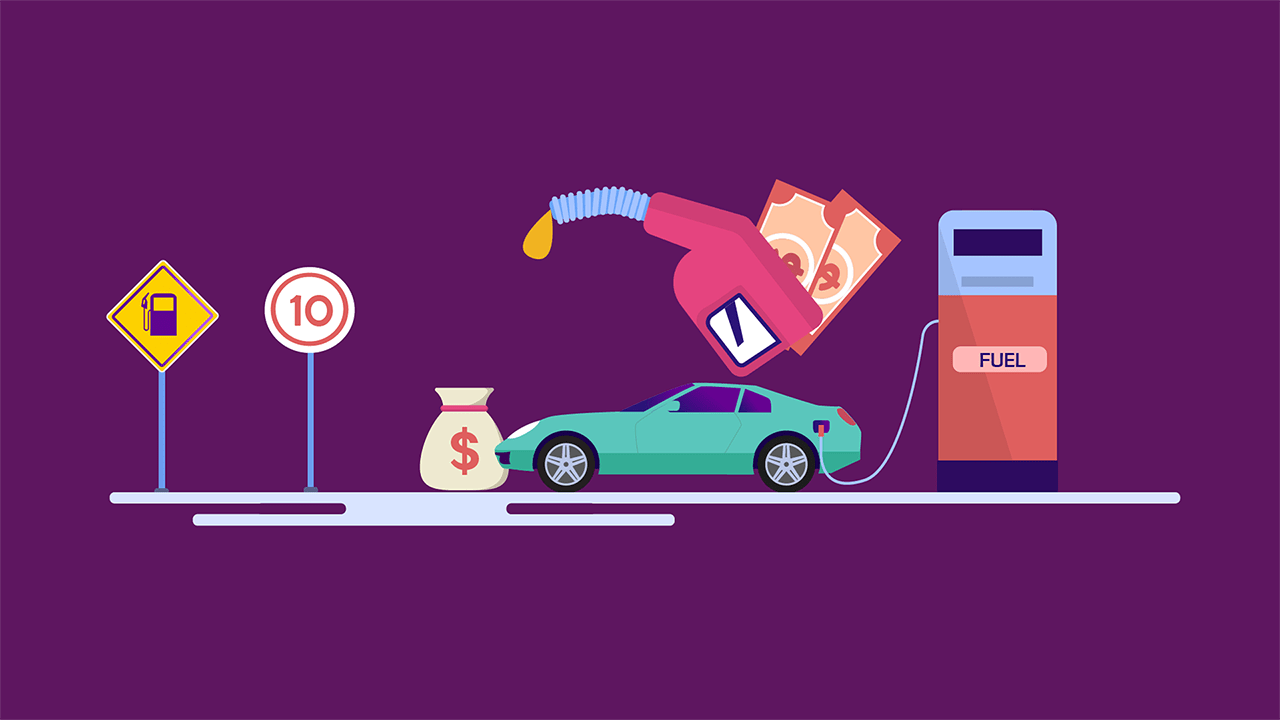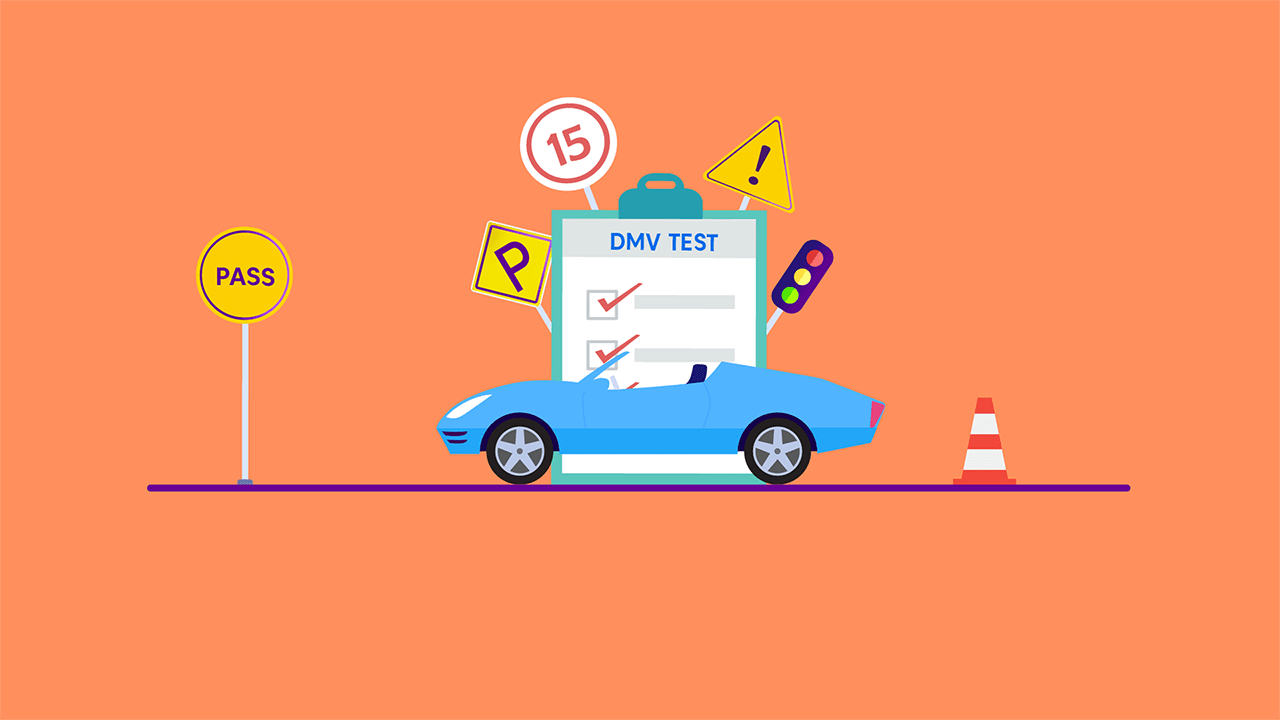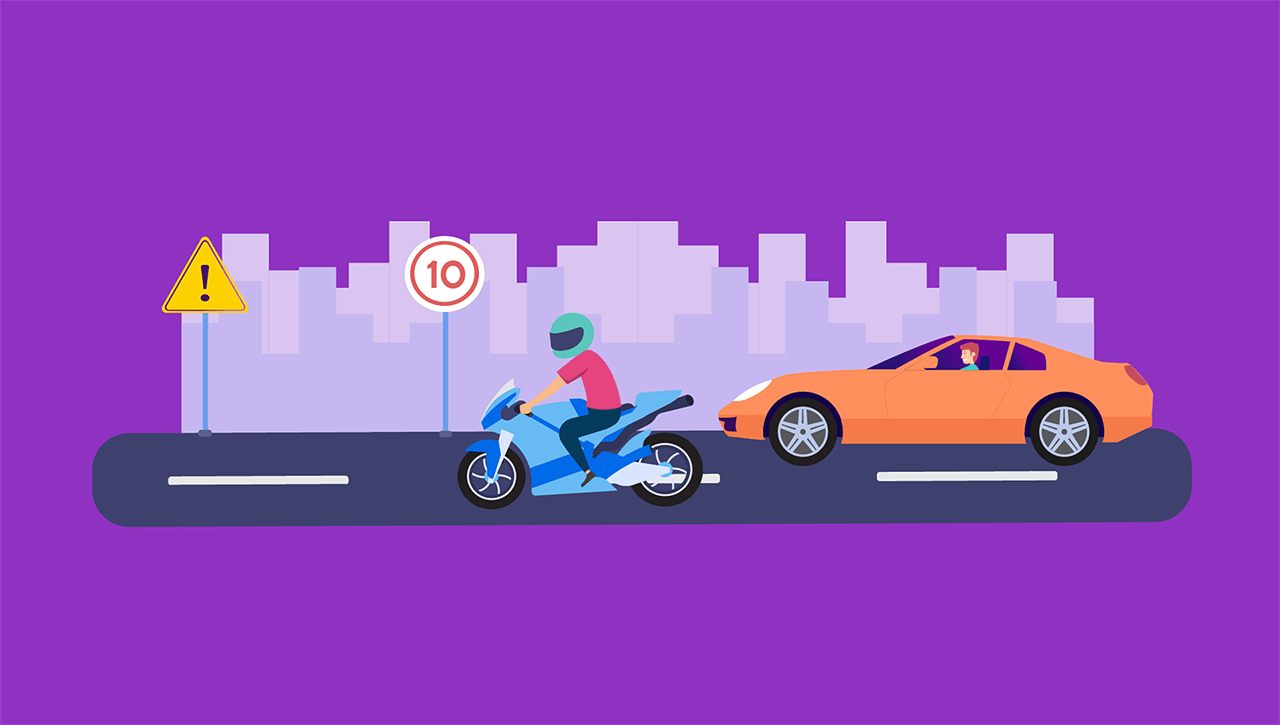After a Failed Driving Test: Your 3 Essential Moves
By Umm e Hani on Apr 23, 2024Contents
- What Happens if You Fail Your Driving Test 3 Times?
- How Many Times Can You Fail Your Driver's Test?
- How Long Do You Have to Wait If You Fail Your Driver's Test?
- If You Fail Your Driver's Test, When Can You Take It Again?
- Why Are My Road Test Results Not Available?
- Is It Common to Fail a Driving Test?
- Essential Moves After a Failed Driving Test
- Move 1: Reflect and Analyze
- Tips for Reflecting and Analyzing
- Move 2: Seek Additional Training
- Tips for Seeking Additional Training
- Move 3: Practice Diligently
- Tips for Practicing Diligently
- That’s A Wrap!
Facing disappointment after a failed driving test is undoubtedly disheartening. But it's crucial to approach the situation with a clear mind and a plan for moving forward. In this guide, we'll provide the necessary steps to take after an unsuccessful attempt.
What Happens if You Fail Your Driving Test 3 Times?
If you failed driving test 3 times, it can be due to various reasons. However, it's essential to recognize that different states may have varying regulations. You might be required to undergo additional training before being eligible to reattempt the test. It's a frustrating situation, but take it as an opportunity to enhance your skills.
How Many Times Can You Fail Your Driver's Test?
The number of allowed failures can vary, so it's crucial to check your state's specific regulations. Some places permit multiple attempts, albeit with waiting periods or additional requirements. Others might have stricter policies. Familiarize yourself with your local guidelines to better understand your situation.
How Long Do You Have to Wait If You Fail Your Driver's Test?
After failing driving test, take a moment to delve into a thorough self-reflection. Pinpoint the specific areas where your performance fell short. Whether it was difficulties with parallel parking, signaling, or any other skill.
If You Fail Your Driver's Test, When Can You Take It Again?
The waiting period between failed attempts is designed to give you ample time for improvement. Once you've identified areas that need work, use the waiting period wisely. Schedule additional practice sessions. Consider additional lessons if necessary. And come back with renewed confidence and competence.
Why Are My Road Test Results Not Available?
If your road test results aren't immediately available, don't panic. Processing times can vary, and it's not uncommon for results to take a bit longer to appear. Patience is key in this situation, but if an extended period passes without updates. Don't hesitate to reach out to the relevant authorities for clarification.
Is It Common to Fail a Driving Test?
Failing a driving test is more common than you might think. Many factors can contribute to a less-than-ideal performance, like:
- nerves
- unfamiliar testing conditions, etc
It's essential to view failure as a learning opportunity and a chance to improve. Rather than as a definitive measure of your driving abilities.
Essential Moves After a Failed Driving Test
Move 1: Reflect and Analyze
After an unsuccessful driving test, take a moment to delve into a thorough self-reflection. Pinpoint the specific areas where your performance fell short. Whether it was difficulties with parallel parking, signaling, maintaining a consistent speed, or any other skill.
Understanding these nuances is pivotal for growth. Be brutally honest with yourself, as acknowledging your weaknesses is the initial step towards improvement. Perhaps you hesitated during lane changes or struggled with spatial awareness. Identifying these aspects provides a roadmap for targeted enhancement.
Tips for Reflecting and Analyzing
- Keep a Journal: Maintain a driving journal to log your practice sessions and note areas that need improvement. This can serve as a valuable reference for your self-reflection.
- Review Test Feedback: If you received feedback from the examiner, carefully review it. Use this information to pinpoint specific areas where adjustments are needed.
- Video Record Practice Sessions: Use a smartphone or camera to record your practice sessions. This visual documentation can offer insights into your driving habits and help identify areas that require improvement.
- Seek Feedback from a Mentor: If possible, have an experienced driver accompany you during practice. Their observations and feedback can provide valuable perspectives on your driving skills.
Move 2: Seek Additional Training
To address the identified weaknesses, consider enlisting the help of a seasoned driving instructor. These professionals are adept at recognizing nuanced issues and can offer tailored guidance to enhance your skills.
Extra driving lessons are not a sign of failure; instead, they are a proactive approach to refining your abilities. Professional guidance can shed light on subtleties. You might have missed and provide constructive feedback to bolster your confidence.
Whether it's perfecting the art of merging onto highways or mastering the intricacies of parking, additional training can be a game-changer. It can also set you on a trajectory towards success.
Tips for Seeking Additional Training
- Ask Questions: Don't hesitate to ask questions during your additional lessons. Understanding the "whys" behind certain maneuvers or rules can deepen your comprehension.
- Take Defensive Driving Courses: Consider enrolling in defensive driving courses. These courses go beyond the basics and impart advanced driving skills, enhancing your overall confidence on the road.
- Ask for Customized Lessons: Work with your driving instructor to tailor lessons specifically to your weak areas. Customized instruction ensures that you're focusing on the skills that need the most improvement.
Move 3: Practice Diligently
As the waiting period before your next driving test unfolds, channel your energy into targeted and consistent practice. Focus intently on the specific aspects that proved challenging during your previous attempt. If three-point turns were a stumbling block, find an empty parking lot and practice until it becomes second nature. Likewise, if perfecting lane changes is the goal, take to the roads during off-peak hours to hone this skill. Diligent practice not only reinforces muscle memory but also instills a sense of confidence that is indispensable on test day. The more familiar and comfortable you become with these maneuvers, the better poised you'll be for a successful retest.
Tips for Practicing Diligently
- Simulate Test Conditions: Replicate the conditions of the driving test during your practice sessions. Practice in different weather conditions and traffic scenarios to enhance your adaptability.
- Mock Tests with a Friend: Enlist a friend or family member to conduct mock driving tests. This not only mimics the test environment but also helps ease nervousness.
- Vary Practice Routes: Don't limit practice to familiar routes. Explore different roads, neighborhoods, and traffic conditions. This helps build adaptability, a crucial skill for any driver.
- Practice Parking in Different Settings: Parking can be a significant challenge. Practice in various settings, including parallel parking on different streets, to hone this skill thoroughly.
- Time Your Practice Sessions: Schedule practice sessions at different times of the day. This ensures exposure to varied traffic conditions, helping you become a more versatile and confident driver.
That’s A Wrap!
Failing a driving test can be discouraging. It's crucial to view it as a temporary setback on your journey to becoming a licensed driver. Embrace the opportunity for improvement. With strategic planning and dedicated practice, you'll be better prepared for success in your next attempt. Remember, every driver faces challenges, and resilience is the key to overcoming them.


